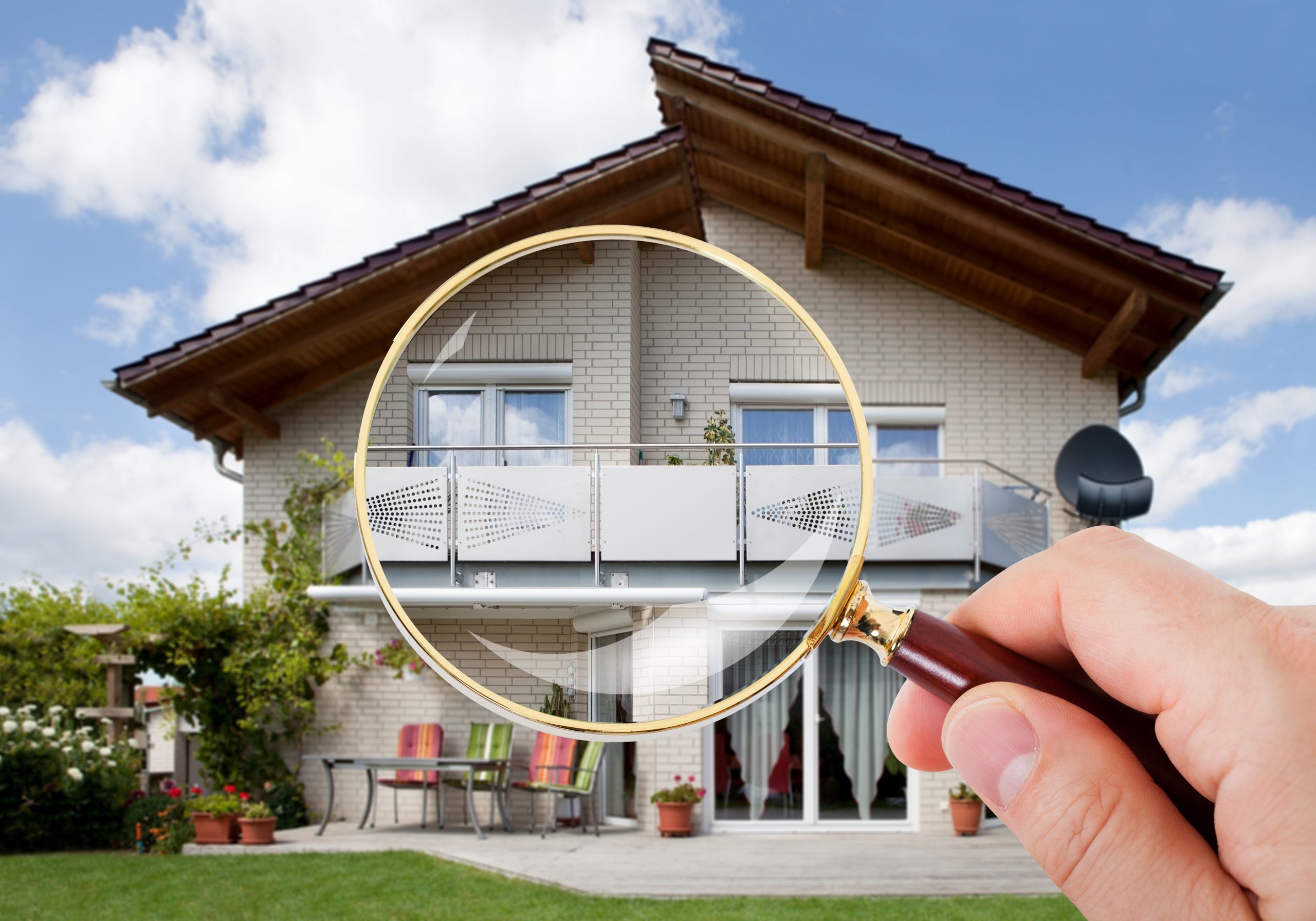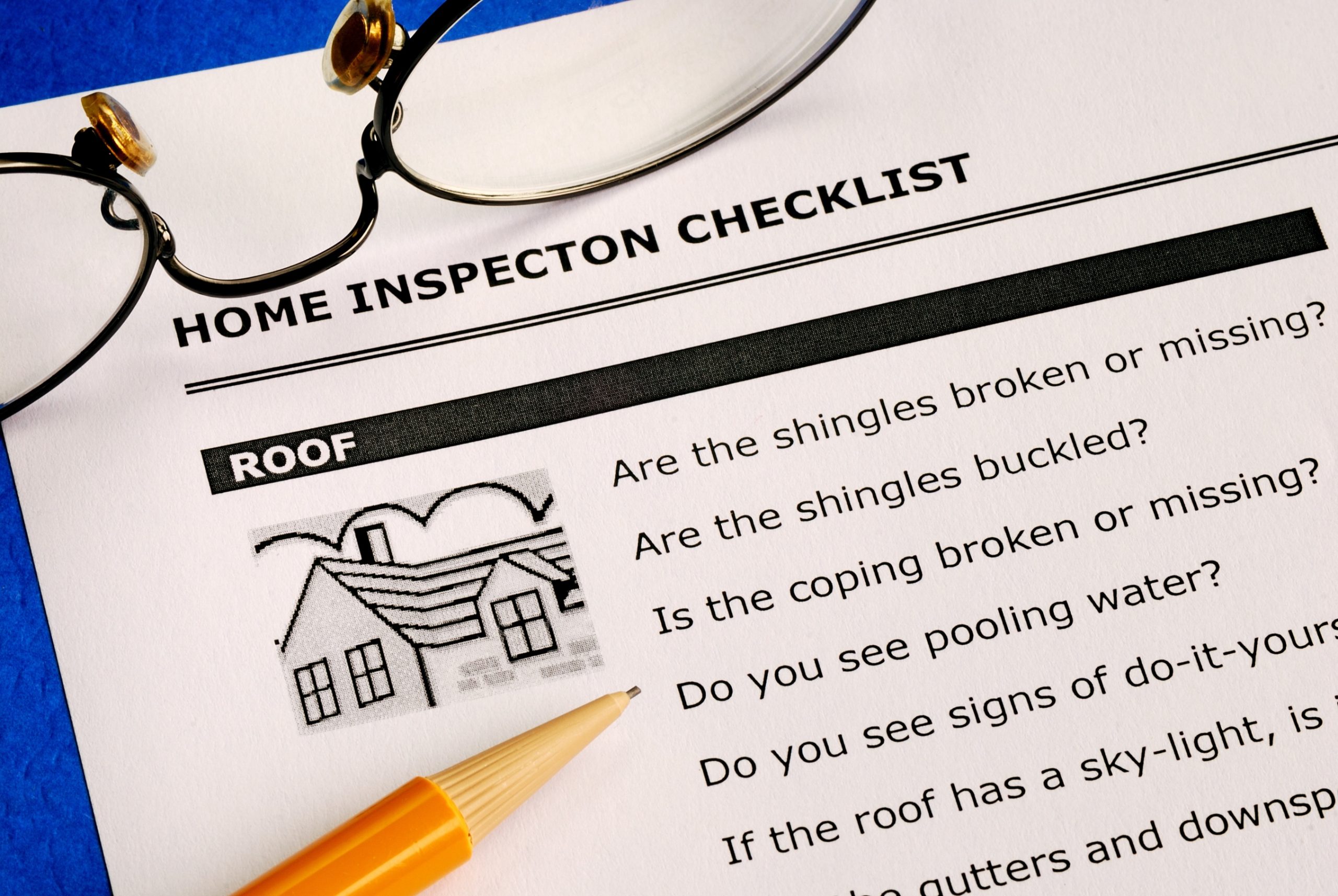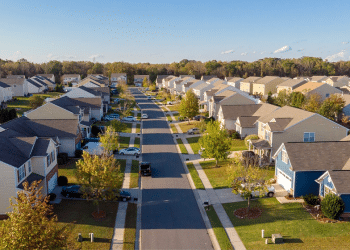Table of Contents

Are you about to seal the deal on your new home purchase? If so, congratulations! The most challenging parts are almost over. You’re probably just in escrow at the moment waiting for documents to be signed and approved so you can officially and legally be the owner of the new property you have been looking forward to for quite some time now. It’s also during this stage that you’re supposed to perform the home inspection.
Things To Check During A New Home Inspection
A home inspection is a process that comes after the sale, in which the almost new owner will be examining the condition of the property. As a new home buyer, you’re supposed to identify and look for potential problems that may have slipped past your judgment during prior visits to the house while it is under construction.
Typically, new home inspections are performed by a professional home inspector. However, it doesn’t mean you can no longer make your own checklist and be present on the inspection day. After all, it’s your investment, and you need to stay on top of things to ensure you’re making the most out of your hard-earned money.
That being said, be sure to prepare your own version of an ultimate checklist for your new home inspection. To help you out, here are some things you might want to include in your list:
1. Floors, Ceilings, And Walls
New homes are usually pre-built, which means they’ve most likely passed city inspections and other safety standards. However, these inspections often overlook the ‘cosmetic’ aspects of a property and this is what you should look closely into during inspection.
Checking the finish of walls, ceilings, and floors would be something you should include in your checklist. Is the level of smoothness according to your liking? Are there any visible nail heads or seams on the drywall? Ceiling and floor moldings should also show no signs of gaps and the like.
Other key elements to check in your new home’s floors, ceilings, and walls are:
- Missing grout;
- Scuff marks on linoleum flooring, tile, and hardwood; and
- Cracked, chipped, or broken wall and floor tiles.
There may be countless things you need to check when inspecting your new home’s walls, ceilings, and floors. If you’re not sure how to correctly identify problems, work closely with the inspector so they may guide you on what concerns are acceptable and what are not.
2. Plumbing, Heating, And Cooling
It’s almost typical for new homeowners to be unfamiliar with how plumbing, heating, and cooling systems work. As a result, they tend to overlook them and forget to inspect them before closing the sale on a newly constructed house. If you don’t have any working knowledge of such aspects, take time to do your research or consult an expert to help you understand the subject better.
When doing a plumbing assessment for your new home, one good tip to consider is to check every faucet in the property to make sure it can easily be turned on and off. Run the fixtures for at least five minutes to see if they’re all functioning well. Don’t forget to inspect the base of each one to ensure there are no drips or leaks present.
As for cooling, heating, and cooling, you should check if every room receives adequate airflow. Run the heater and listen to the sound it makes as it goes on for a few minutes. If you notice any weird sound coming from it, it might indicate that something’s wrong with the unit or how it was installed. Do the same with the air conditioner.
3. Kitchen
The kitchen is considered one of the focal points of any household, so you also need to pay extra attention to this part of the house when doing the inspection. Countertops should have no sign of abrasions and scratches. For newly installed cabinets, check all sides (especially the front) if the surface’s finish is smooth enough. Take time to open the cupboards to see if they open and close without any problem. Hardware and hinges should also be sturdy.
To check the drawers, pull them out as far as possible. Doing so will help you inspect if they’re all pulling in and out evenly and without bumps. If the property purchase comes with new appliances, you might want to examine each of them as well. Turn them on to ensure they’re all functioning correctly. Ask the contractor for the manuals and guides that come with each piece of equipment for they may come in handy later on.
Conclusion
You obviously need to include so many things when making an ultimate checklist for your new home inspection. The kitchen, walls, ceilings, floors, plumbing, heating, and cooling alone can take so much of your time, especially if you don’t know how or where to start. With that in mind, it’s highly recommended that you prepare a list you can use to guide you on your first-ever home inspection.
Make sure all aspects are inspected diligently with the supervision of an experienced and licensed home inspector. It may take some time to complete all the necessary inspections but try to keep in mind that doing so can be a rewarding task that’ll benefit you in the end.








